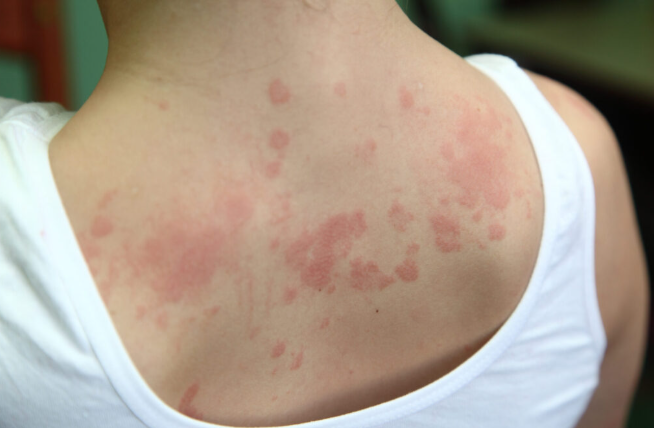Why Do Hives Appear Out of Nowhere? Understanding Urticaria and Its Surprising Triggers
You wake up one morning to find red, itchy welts on your arms or legs—and you haven’t changed a thing in your routine. What just happened?

These sudden welts are called hives, or urticaria, and they can appear unexpectedly. The causes might surprise you—from invisible allergens to stress or even sunlight, your skin might be sending urgent signals you shouldn’t ignore.
What Are Hives?
Urticaria is a skin condition characterized by raised, red, or skin-colored welts that can show up anywhere on the body—your face, arms, legs, or torso. These welts are often intensely itchy and sometimes cluster in groups. While individual hives usually fade within hours or a few days, repeated outbreaks can seriously affect your daily comfort and well-being.
What Causes Hives?
Hives occur when your body’s mast cells release histamine and other chemicals into your bloodstream. This causes small blood vessels in your skin to leak fluid, leading to the swelling and redness you see as welts.
Common Symptoms Include:
Hives: Raised, well-defined bumps with pale centers and red edges.
Itching: Ranging from mild irritation to unbearable discomfort.
Evanescence: Each hive usually disappears within 24 hours, but new ones may appear.
Sometimes, hives come with angioedema, a deeper swelling around the eyelids, lips, hands, feet, or genitals. If this swelling affects the throat or tongue, it can block breathing and requires emergency medical care.

Types of Urticaria
Acute Urticaria: Lasts less than six weeks and often has an identifiable trigger.
Chronic Urticaria: Lasts more than six weeks, frequently without a clear cause.
Inducible (Physical) Urticaria: Triggered by external factors like:
Dermographism: Hives after scratching or rubbing skin.

Cold Urticaria: Triggered by cold temperatures.
Pressure Urticaria: Caused by prolonged pressure (e.g., tight clothing).
Solar Urticaria: Triggered by sunlight.
Cholinergic Urticaria: Related to heat or exercise (like hot baths or workouts).
Common Triggers
Acute hives may be caused by:
Allergies: Certain foods (shellfish, nuts, eggs, milk), medications (antibiotics, pain relievers), insect stings, or latex.
Infections: Viral (like colds or hepatitis) or bacterial (like strep throat).
Physical stimuli: Such as scratching, pressure, cold, or heat.
Emotional stress: Which can worsen symptoms for some.
Chronic hives often have no obvious trigger and may be linked to autoimmune responses, where the body mistakenly attacks its own cells.
Diagnosis and Treatment
Doctors diagnose urticaria based on your medical history, symptoms, and physical exam. Identifying triggers is key.
Treatment options include:
Antihistamines: The main treatment to reduce itching and swelling; available over the counter or by prescription.
Corticosteroids: Short courses may be used for severe or persistent cases.
Avoiding triggers: Once identified, staying away from allergens or irritants is crucial.
🔹 Conclusion
Hives might seem like a harmless nuisance, but they often signal deeper immune or environmental issues. Understanding their types, causes, and symptoms empowers you to manage outbreaks effectively and reduce discomfort. With proper care, you can keep hives under control and listen to what your skin is trying to tell you.
